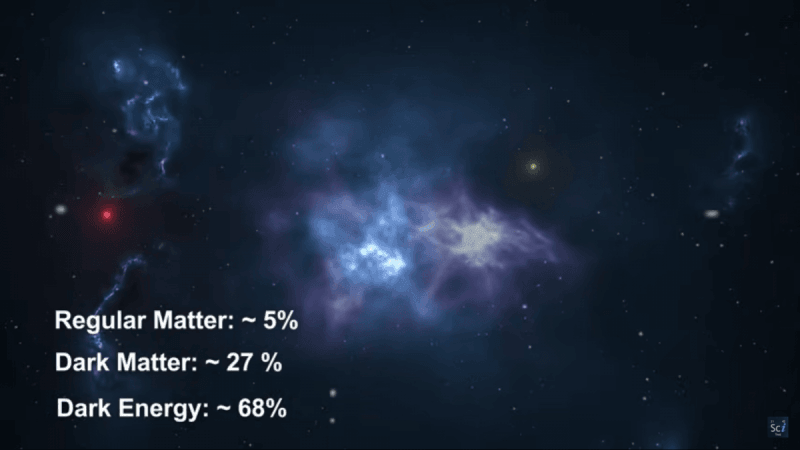A recent study, published in the journal Physics Review D, describes how a physics experiment may have accidentally detected dark energy on the earth. This experiment took place in Italy's Gran Sasso National Laboratory.
The researchers examined data from the XENON1T, the biggest and most sensitive dark matter detector. Sakstein, the lead of this experiment and his colleagues focused on a single hypothesis: chameleon particles, so named for their ability to adapt their properties to their environment.

What's the experiment?
"There are many interpretations for this signal," he says, adding that "at the time, we are not sure whether it's a statistical outlier."
If dark energy is generated by a new degree of freedom of light that is linked to matter and photons, dark energy quanta should be generated in the Sun. These quanta free-stream toward Earth, where they may interact with Standard Model particles in the detection chambers of direct detection experiments, allowing for the investigation of dark energy in these studies.
In June 2020, a XENON team reported that their experiment observed an abnormally high amount of particle interactions with electrons in the sensor in comparison to their forecasts.
However, this idea conflicted with observations of the Sun and other stars. Sakstein and his research team, not involved in the first detection, examined the data and used some unique thinking.
They suggest that XENON1T may have identified unintentionally dark energy "chameleon" particles, a hypothetical kind of dark energy that may be generated in the Sun and interact with normal matter like solar axions, however without contradicting findings of other stars.
They examined additional tests for evidence of chameleon dark energy detections. The researchers mention the PandaX-4t experiment in China and the LUX-Zeplin experiment in South Dakota as potential chameleon catchers in their report.
"What is novel and exciting is that we now know that we can look for things in one detector and corroborate them with evidence from other detectors and future detectors," Sakstein explains. "Perhaps this works, perhaps it does not."

Previous research
Astronomers have discovered that a galaxy's core contains more dark matter than expected, thanks to data from NASA's Chandra X-ray Observatory.
According to the latest study, some 3 or 4 billion years after the Big Bang, a ring, or fuzzy ball, of dark matter developed around the stars in the core of Mrk 1216. This research enables scientists to reconstruct the creation of galaxies such as Markarian 1216 spanning billions of years. Additional researches of this galaxy may allow for the validation of hypotheses concerning the nature of dark matter.
Another experiment was conducted using optical atomic clocks to determine the presence of dark matter. When a dark-matter particle sweeps over the network, the clocks become desynchronized.
This means that existing optical atomic clocks can function as a worldwide topological-defect dark-matter observatory, without new experimental apparatus or extensive phase-noise-compensated optical fibre cables. A new dimension of astrophysics using optical atomic clocks was invented.
Recently a study was published in Nature Astronomy examined the evolution of dark energy. The study combined Chandra and XMM-Newton X-ray data with SDSS ultraviolet and optical data offering distances to quasars. These quasars have been observed dating back around a billion years from the Big Bang.
The current finding is the result of the invention of a novel method for determining the distances to around 1,598 quasars, which enables the researchers to study the effects of dark energy from the early Universe to the present day. The new finding indicated that dark energy's effect on the pace of expansion in the early Universe may have been different than it is today.

















